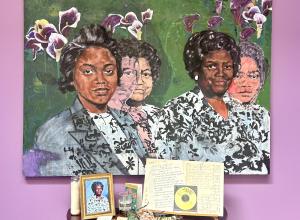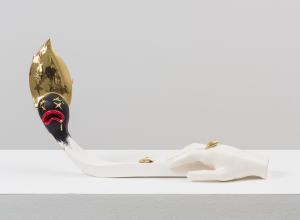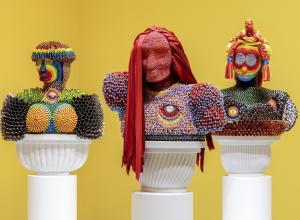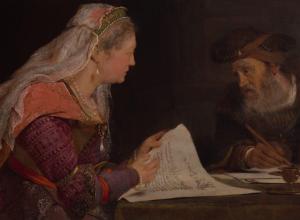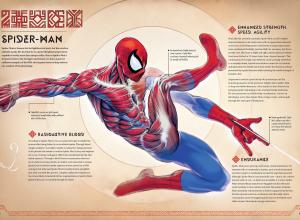Despite the lack of support from her family and husband, Harry Payne Whitney, she soldiered on with her career as an artist. And, in 1929 when the Metropolitan Museum of Art rejected her offer of the gift of nearly 700 artworks from her collection, Vanderbilt Whitney was undaunted. In response to that rejection, she established the Whitney Museum of American Art to house and present these works, opening it to the public in 1931.
The MET’s reason for rejecting such a generous offer, which astoundingly included the funding to construct a building to display the artworks, was that they “only collected European art.” American art was considered provincial in the first decades of the 20th century, not worthy of the museum’s recognition. The goal of the newly founded Whitney Museum to embrace Modernism, particularly American Modernism, launched the shift of the center of the art world from Paris to New York.
Born into great wealth in New York City in 1875, her childhood was split between the Vanderbilt mansion on 5th Avenue and The Breakers, the spectacular family summer home on Rhode Island's “Gold Coast.” In an 1888 portrait of Gertrude at the age of 13 by the well-regarded, pre-Raphaelite painter John Everett Millais (1829-1896), we find a young woman wearing a long white dress. Her stoic expression tells us she is momentarily resigned to being the subject of a painting, rather than the maker of art.


![DEl Kathryn Barton [Australian b. 1972] the more than human love , 2025 Acrylic on French linen 78 3/4 x 137 3/4 inches 200 x 350 cm Framed dimensions: 79 7/8 x 139 inches 203 x 353 cm](/sites/default/files/styles/category_card_187x139/public/ab15211bartonthe-more-human-lovelg.jpg?itok=LJbNuU6F)

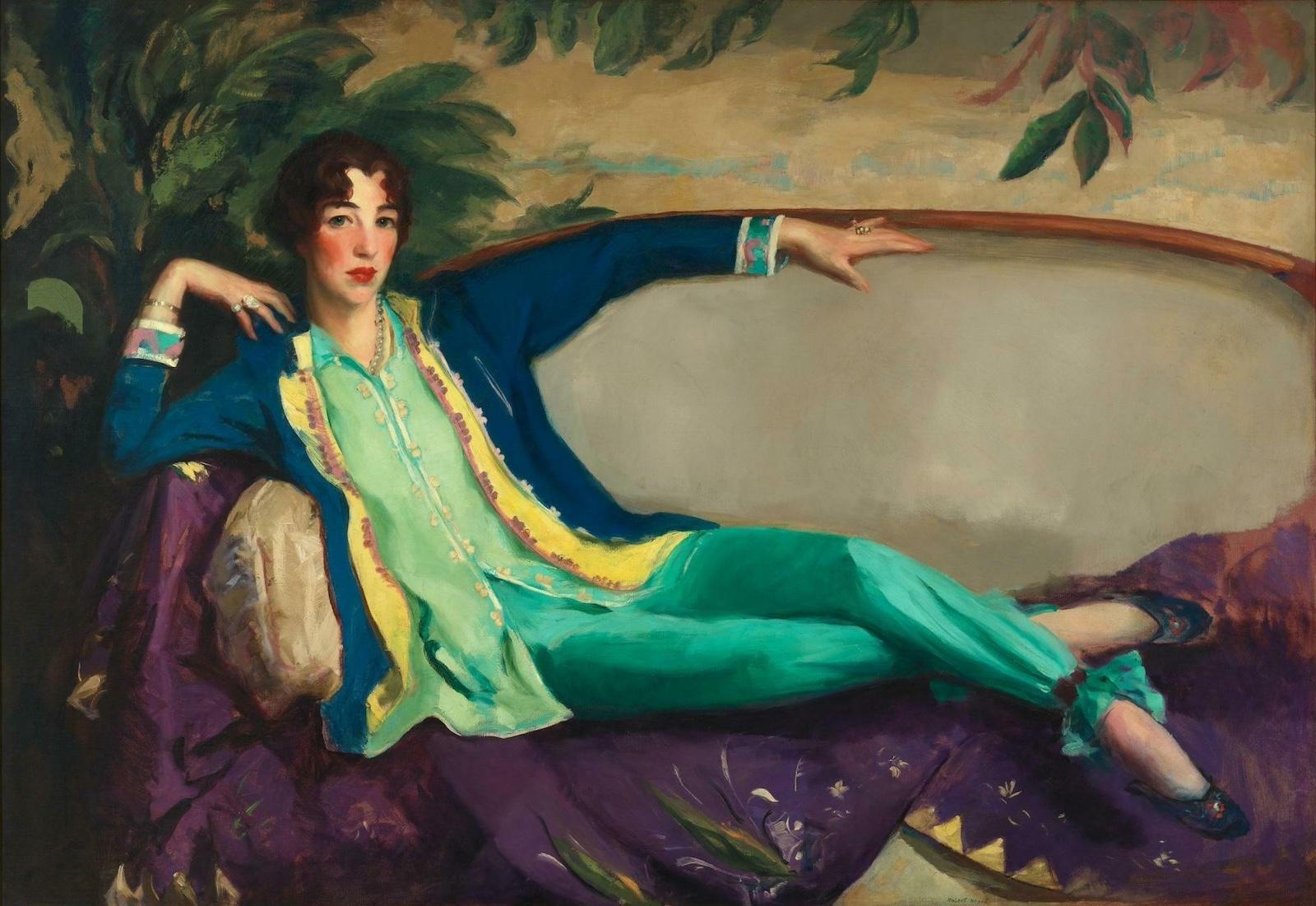
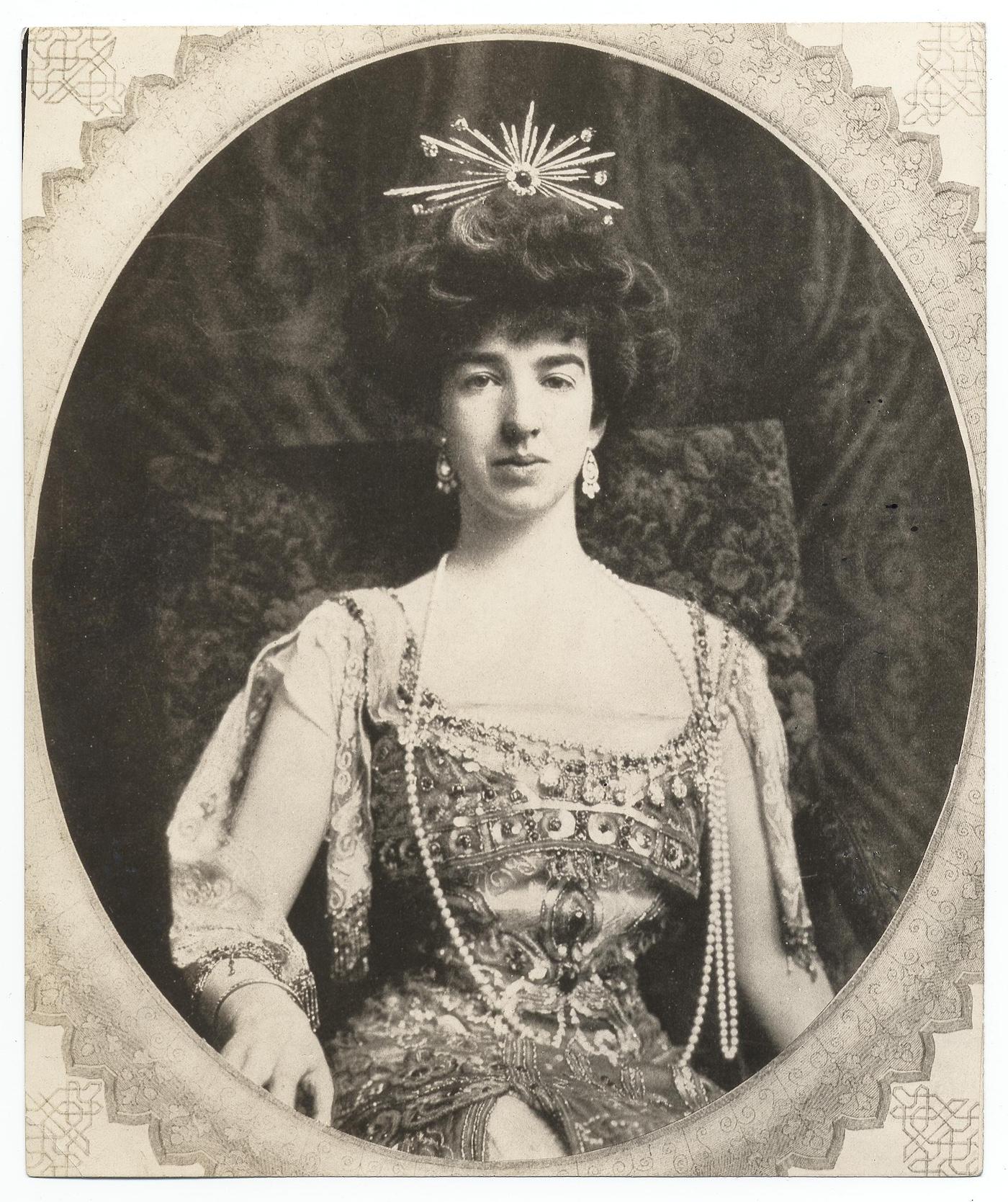
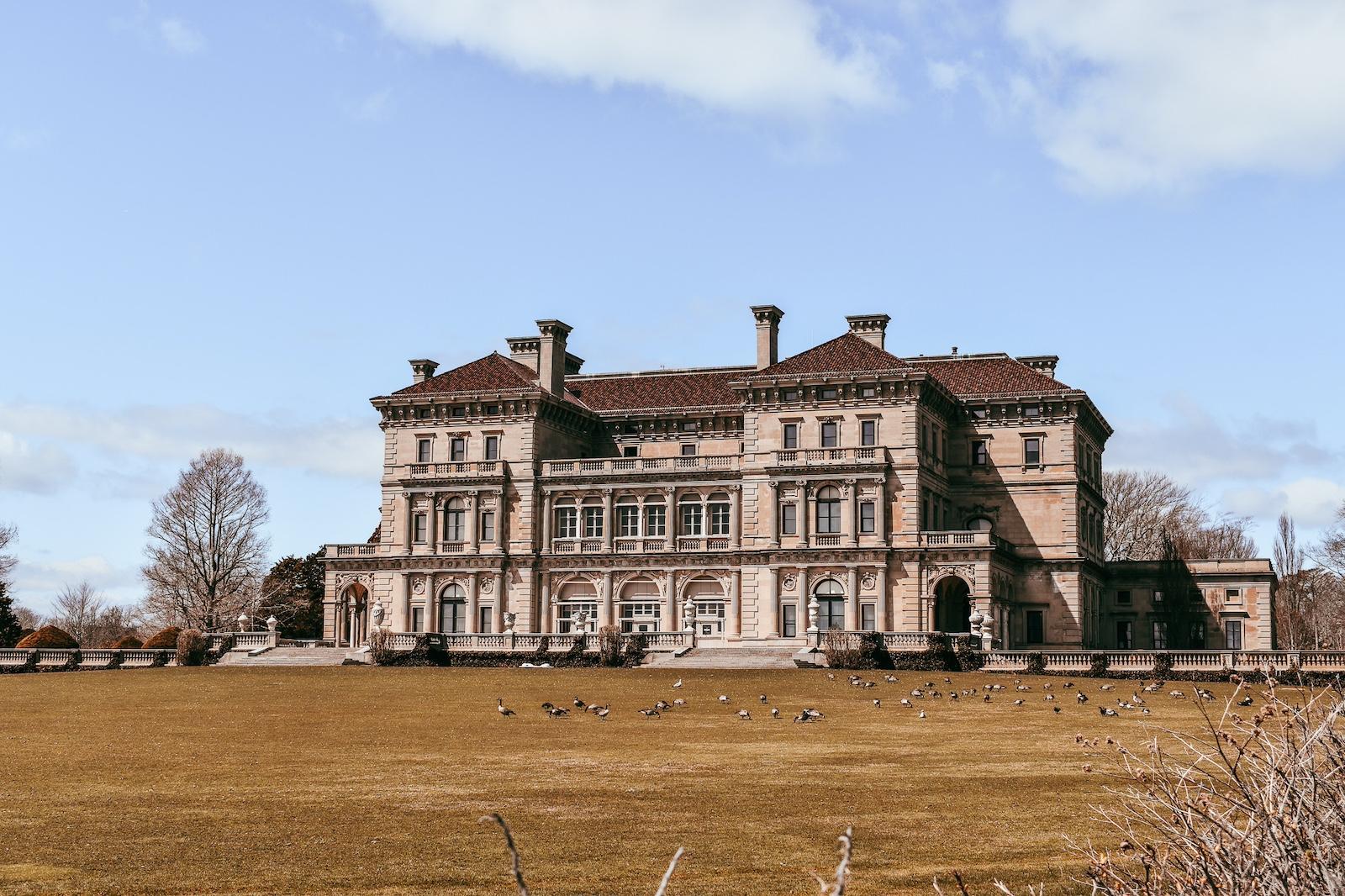
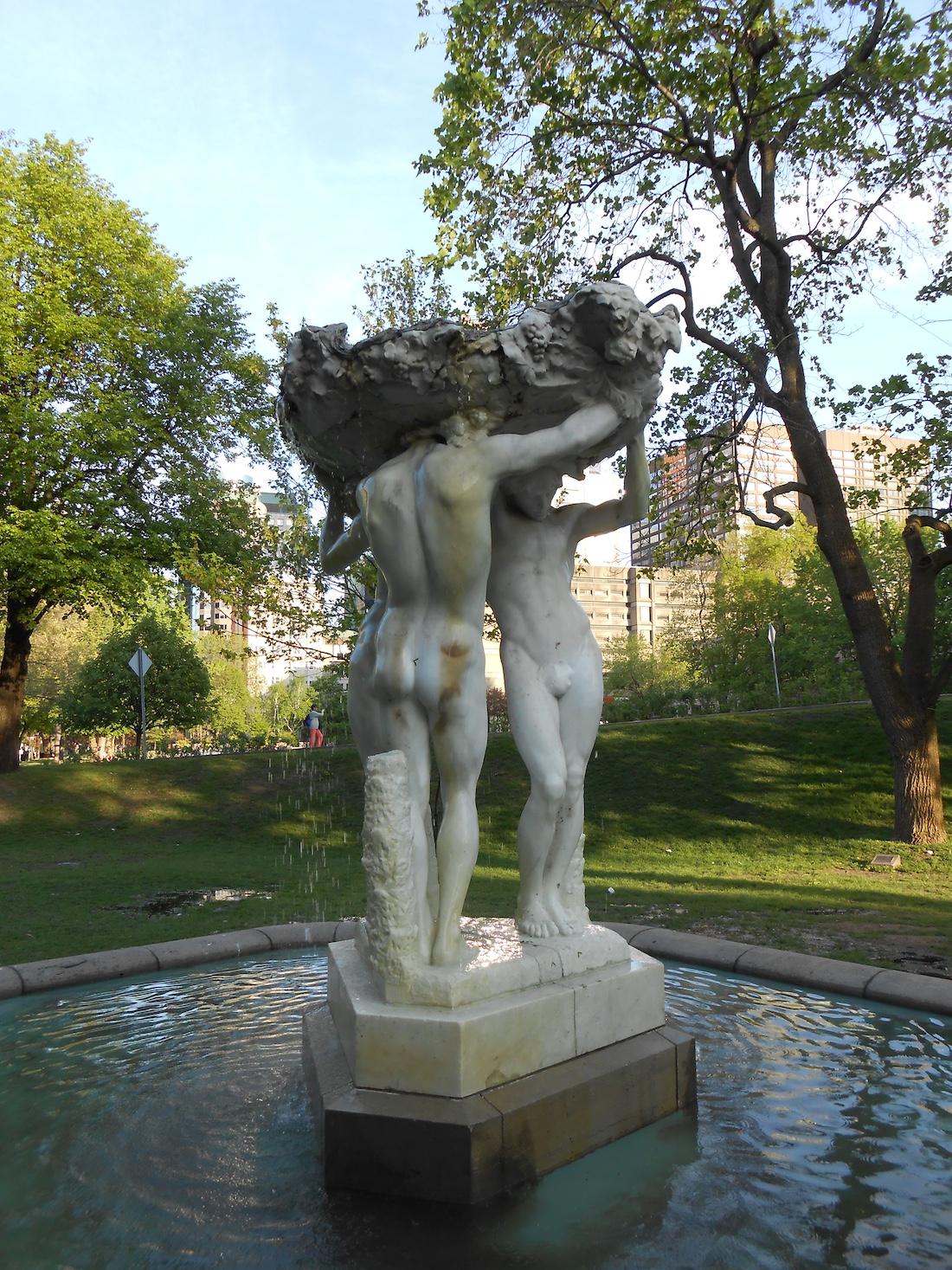
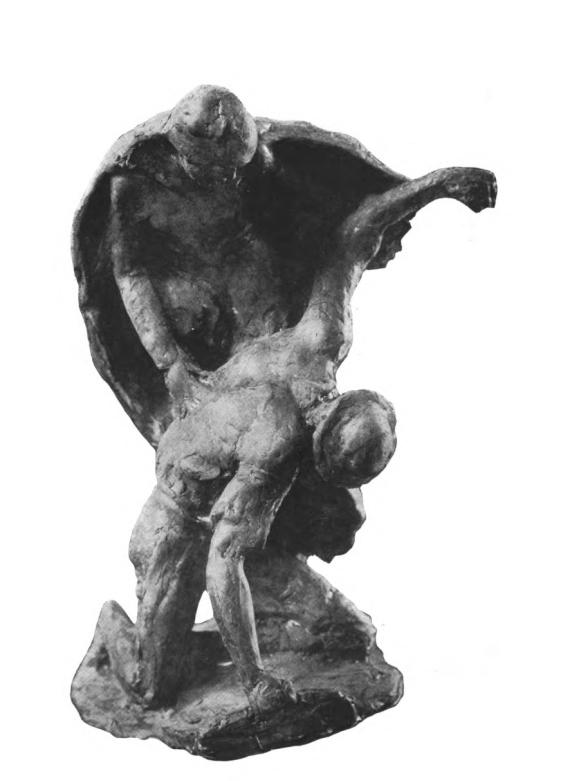

![DEl Kathryn Barton [Australian b. 1972] the more than human love , 2025 Acrylic on French linen 78 3/4 x 137 3/4 inches 200 x 350 cm Framed dimensions: 79 7/8 x 139 inches 203 x 353 cm](/sites/default/files/styles/image_5_column/public/ab15211bartonthe-more-human-lovelg.jpg?itok=wW_Qrve3)

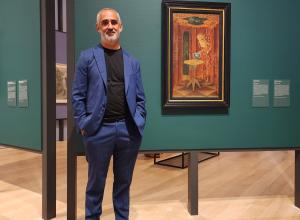


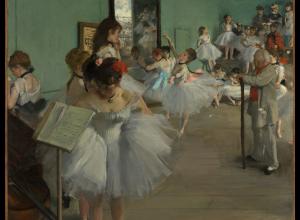
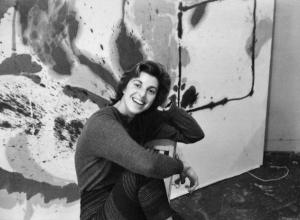
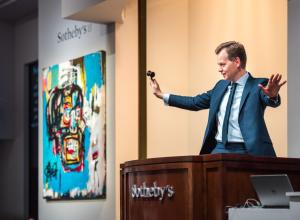
![DEl Kathryn Barton [Australian b. 1972] the more than human love , 2025 Acrylic on French linen 78 3/4 x 137 3/4 inches 200 x 350 cm Framed dimensions: 79 7/8 x 139 inches 203 x 353 cm](https://www.artandobject.com/sites/default/files/styles/image_5_column/public/ab15211bartonthe-more-human-lovelg.jpg?itok=wW_Qrve3)

